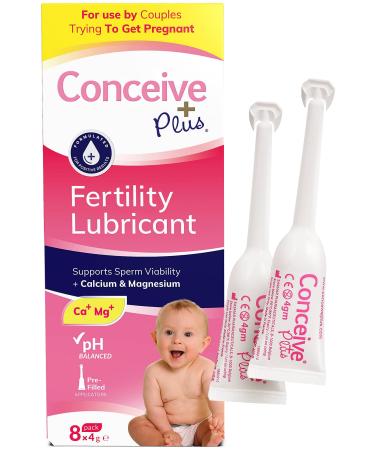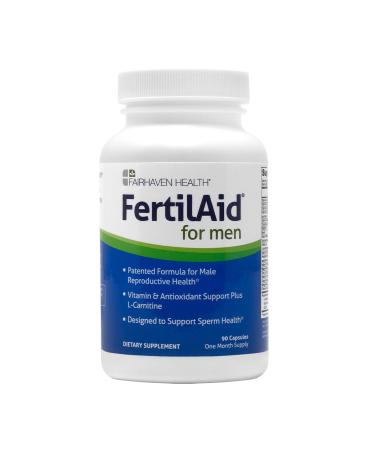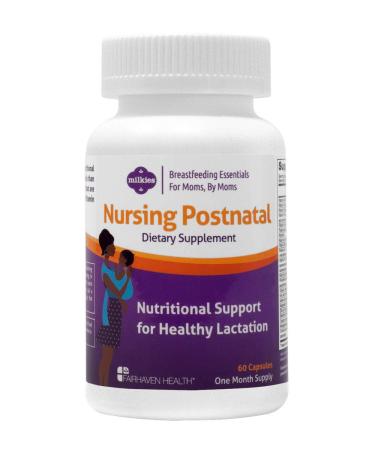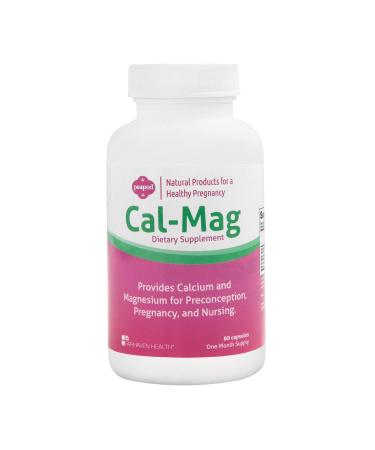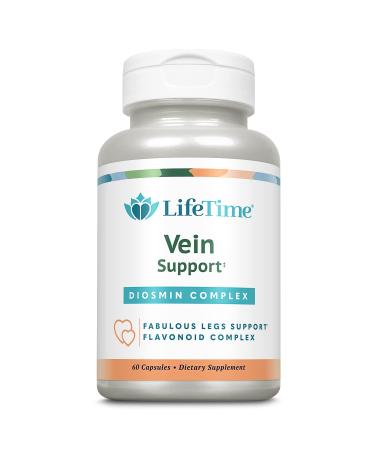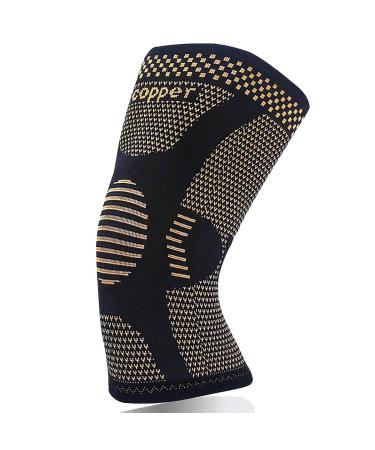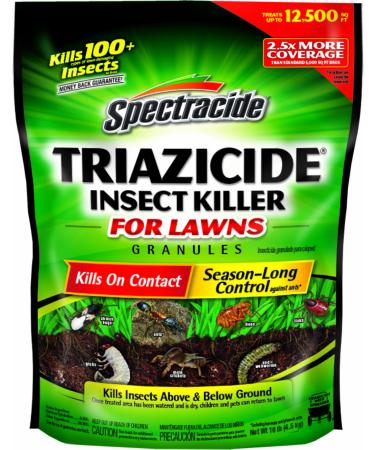FAQ
What Testing Does BabyDance Undergo to Qualify as a Fertility Lubricant
The US FDA has a special category of medical devices, known as the PEB category, for lubricants designed to be used by couples who are trying to get pregnant. These PEB category lubricants, such as BabyDance, are tested extensively in developed to ensure that they are safe for sperm, eggs and embryos. And, once these products are on the market, manufacturers of these fertility-friendly lubricants are required to confirm that each batch of product does not harm sperm or egg function.
Lubricants labeled as fertility- or sperm-friendly must be tested to verify that the lubricant:
- is pH neutral (pH 7) and isosmotic/isotonic (e.g. 300 mOsmo/kg) with fertile cervical mucus and semen to prevent shock and damage to sperm and eggs.
- won't interfere with human sperm motility, survival, or integrity.
- is the correct viscosity to allow sperm to swim into and through the lubricant.
- won't interfere with embryo development.
- is safe to use for in vitro fertilization and other fertility interventions.
- is screened, both at time of production and throughout the shelf life of the lubricant, for endotoxins, which are toxins produced by bacteria that can harm sperm and egg function even at relatively low levels
When you are trying to conceive, the only sure way to know that your lubricant won't harm sperm is to choose a lubricant that is verified to be fertility-friendly like BabyDance. We all know that reading labels and marketing information is confusing, so use this guide to avoid common mistakes when selecting a fertility-friendly lubricant:
1) Avoid lubricants with pH less than 7 and osmolality greater than 400 mOsm/kg as well as products with glycerol and other small penetrating chemicals.
2) Avoid confusing a lubricant labeled as non-spermicidal with a verified fertility-friendly lubricant
3) Avoid lubricants that are labeled as organic or natural but are not cleared as fertility lubricants, as only lubricants labeled as fertility-friendly are required to undergo testing that shows the product won't harm sperm or eggs
4) Avoid using household oils, as household oils often contain toxic peroxides and inflammatory chemicals that develop over time due to exposure to light, room temperature, and the purity of the oil.
Bottom line, make sure that your lubricant has earned the right to call itself a fertility lubricant before using it for baby dancing.
What to Expect When Using BabyDance
BabyDance is pH-matched to your fertile quality cervical fluid and to your partner's semen, both of which have a pH of approximately 7. Throughout most of your cycle, your vaginal pH is typically much lower than that - somewhere between about 4 and 5. But, during your fertile window, it's important for your pH to rise to create a more friendly environment for sperm. When using BabyDance for the first time during their fertile window, most women don't notice any unusual sensations. However, some women feel a warming sensation when first using BabyDance. This sensation is more likely to occur in women with poor quality cervical mucus or hormonal imbalances, or in those women whose vaginal tissues are easily irritated by semen during intercourse. In other words, if your pH has not naturally risen on its own during your fertile period, you might feel a warming sensation when applying BabyDance with a pH of 7. Most women find that this warming sensation decreases with subsequent uses of BabyDance, as the pH of their vaginal tissues become balanced to the higher pH required for conception. If you continue to experience irritation after using BabyDance, please discontinue use and refer to the product labeling for more information.



